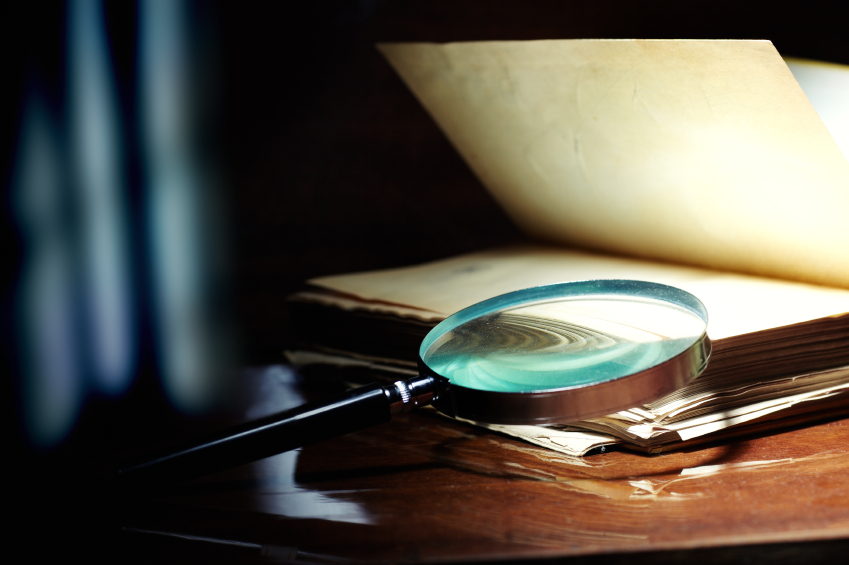![]()
“You never really know a man until you understand things from his point of view, until you climb into his skin and walk around in it.” (Lee, 1960)
“Undercover Boss” is one of my TV guilty pleasures. The premise of each episode is simple: the head of a large organisation leaves their ivory tower to go ‘undercover’ to find out what everyday life is like for frontline workers inside their organisation. This means rolling up their sleeves and pitching in to do the dirty jobs, as well as facing no-holds-barred feedback on what the company’s doing right and what it needs to do better.
By the end of the show, the leader is humbled, often contrite, and certainly better educated and more appreciative. And I’m a bit teary.
It’s a TV show. It’s entertainment. There’s judicious editing and, no doubt, a fair bit of staging.
But, yet. “Undercover Boss” shows the often transformational experience of really standing in someone else’s shoes. It’s a reminder that behind every employee is a human being – with the same worries and wants that everyone else has. We’re so data driven in today’s world that, especially in large organisations, it’s easy to get lost in the whirl of numbers and forget about the human element.
Reading reports and management summaries is no substitute for participating in the actual experience.
Empathy is a daily choice
And we don’t have to disguise ourselves or work undercover. Empathy is a daily choice. We each have to make the decision to want to care and to put in the time and the effort to bridge communication gaps.
We can start by being interested in other people. Management guru Peter Drucker is famous for his theories and frameworks, but once said: “I was always more interested in people than in abstractions…People are to me not only more interesting and varied but more meaningful precisely because they develop, unfold, change, and become” (1999, p. 24).
And we can listen. Really listen. Empathy requires paying attention. Too often we are focused on what’s happening in our own little worlds instead of paying attention to what others think and feel. We need to be more aware of others’ needs and be willing to listen and care about what they have to say. Productive listening is hard work. Asking the right questions, listening actively, and acting upon important feedback are critical.
And as “Undercover Boss” shows, it helps to meet people on their own turf. In their own environment, people can more readily point out specific challenges and the reality of their everyday lives.
Empathy in creativity
So, we already know empathy makes relationships richer. But it’s also increasingly recognised as a relevant lens to look through to help us be creative. And get to better quality solutions in whatever domain we work in. The best solutions to complex problems tend to come out of the best insights into human behaviour.
There’s a great RSA animate video, ‘The Power of Outrospection’ in which philosopher Roman Krznaric (2012) explores the idea that we live in a time that demands more ‘empathic adventurers’ in all aspects of life. Empathy not just so we act better towards others, but also because it helps us create better innovations, services and quality of life.
Empathy in design
One of the tenets of the design approach to problem solving is ‘don’t assume’; discover directly. The insights gained from talking directly to users informs our understanding of their needs – interviewing, observing, role-playing, or otherwise finding a way to gather knowledge – helps us design services that work for the people who use them. And to create great user experiences, we need to have a deep understanding of what triggers the emotions and motivations that drive behaviour. Understanding people better may require us to get outside and get our hands dirty. But, in doing so, allows us to better analyse and solve problems.
And it’s not just about empathy as a means to gaining insight. Design as ‘empathic conversation’ does not aim to ‘fix,’ ‘change,’ or ‘get’ people to do things. Design can provide a space in which we can empathise with all the participants involved and let the effects emerge as side effects. Side effects that include knowledge, creativity, insight, innovation, connection and transformation.
References
Drucker, P. (1999). Adventures of a Bystander. Piscataway, New Jersey: Transaction Publishers.
Krznaric, R. The power of outrospection. RSA Animate, 3 December 2012. [Accessed on 10 March 2015 from https://www.thersa.org/discover/videos/rsa-animate/2012/12/rsa-animate—the-power-of-outrospection/]
Lee, H. (1960). Philadelphia: J. B. Lippincott & Co.
Lesley Thomson is part of the GovLoop Featured Blogger program, where we feature blog posts by government voices from all across the country (and world!). To see more Featured Blogger posts, click here.





Excellent points/reminders. Thank you, Lesley.
Thanks Russell
Great post, thanks Lesley. Goes back to the saying how people are like icebergs, where you only see what’s above the surface, but hard to really understand the depth and complexity of an individual. Good reminders about the dangers of making assumptions, and the damage you can do to trust, teamwork and relationships if they are wrong….I love Undercover Boss as well!
Indeed.
Glad to hear that I’m not the only Undercover Boss fan!